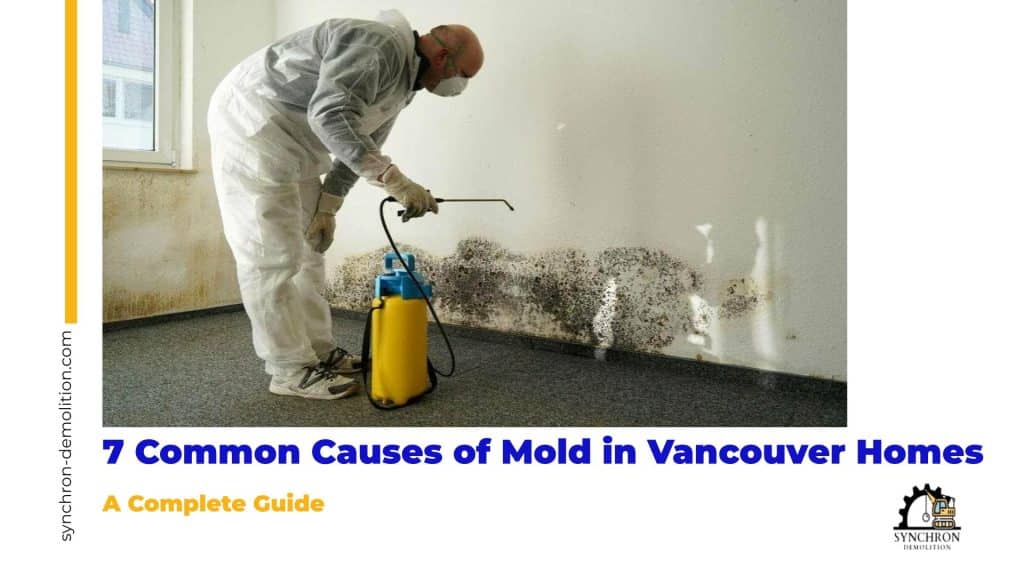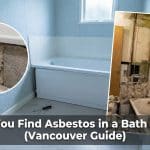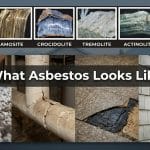Vancouver’s coastal climate is naturally damp, which makes homes here more vulnerable to mold growth. Mold spores are everywhere, but they only grow indoors when surfaces stay wet for long periods. That means persistent moisture sources, like leaks, condensation, or high humidity, can easily trigger mold if not managed properly. For homeowners, understanding the causes of mold is the first step to prevention, effective mold removal in Vancouver, and maintaining a healthy, safe living space.

Vancouver’s Rainy Climate
Vancouver’s long, rainy winters and humid summers create an environment where mold thrives. Prolonged damp weather keeps building materials moist, providing the perfect breeding ground for mold. Frequent rainfall and coastal fog mean outdoor moisture often finds its way inside, especially through small gaps or unsealed exteriors. On top of that, many modern homes are tightly sealed for energy efficiency, which can trap humidity indoors. Without proper ventilation, this trapped moisture can accumulate, making mold more likely to grow.
Leaks & Water Intrusion
Leaks are one of the biggest contributors to indoor mold. Plumbing problems, like hidden pipe drips or bursts, introduce water into walls and ceilings. Roof or window leaks also allow moisture to seep inside. Heavy storms or clogged gutters may cause basement flooding or water pooling around foundations. Even small cracks in siding or foundations can slowly let water in over time. Any consistent water intrusion provides mold spores with the moisture they need to spread. Addressing leaks quickly is essential to preventing mold outbreaks.
High Indoor Humidity
Everyday activities like showering, cooking, dishwashing, and doing laundry release moisture into the air. If that moisture isn’t properly vented outdoors, indoor humidity can rise above healthy levels. Mold thrives when indoor humidity stays above about 60%. Bathrooms and kitchens are particularly at risk, since they generate steam and condensation regularly. For example, a hot shower without an exhaust fan can leave the bathroom damp for hours, allowing mold spores to settle and grow on surfaces.
Poor Ventilation & Airflow
Poor ventilation is another common cause of mold in Vancouver homes. Without adequate airflow, moist air lingers and creates damp conditions. Bathrooms and kitchens without working exhaust fans, or fans venting into attics instead of outdoors, trap humidity indoors. Stagnant air in places like attics, closets, and crawlspaces can also encourage mold. On the flip side, proper airflow—such as opening windows on dry days or maintaining functional ventilation systems—helps keep humidity in check and prevents mold growth.
Condensation on Cold Surfaces
Condensation forms when warm indoor air collides with cold surfaces like windows, pipes, or basement walls. Vancouver’s cool climate and frequent indoor heating make this a common problem. Those tiny droplets that collect on glass or concrete may seem harmless, but they provide just enough moisture for mold to grow. Over time, unnoticed condensation behind furniture, along poorly insulated windows, or around cold-water pipes can lead to stubborn, hidden mold patches.
Building Structure & Insulation Issues
Structural weaknesses and poor insulation can also contribute to mold problems. Thin or missing insulation allows cold spots to form, which often leads to condensation. Cracks around foundations, siding, windows, and doors let moisture and humid air seep inside walls. Faulty seals or improper installation around windows and doors make the problem worse. Over time, these entry points allow moisture to accumulate in hidden areas, giving mold spores the damp environment they need to thrive.
Maintenance & Housekeeping
Neglecting regular home maintenance can make mold problems worse. Clogged gutters or broken downspouts stop rainwater from draining properly, often causing water to pool around a home’s foundation. This can lead to basement leaks or damp crawlspaces. Indoors, damp clutter like wet clothing, cardboard boxes, or dirty fabrics also create a food source for mold. By staying on top of small repairs and keeping living spaces clean and dry, homeowners can significantly reduce their risk of mold growth.
Professional Mold Removal vs DIY
Cleaning mold on your own can be much harder than it seems. Without the right safety equipment and training, disturbing mold can release spores into the air and cause respiratory issues or other health problems. Scrubbing visible spots often leaves behind hidden colonies, allowing the problem to come back stronger. That’s why it’s best to trust certified specialists like Synchron Demolition & Abatement Ltd, who have the tools and expertise to safely remove mold and prevent it from returning.
Frequently Asked Questions
Why is mold growing in my house?
Mold grows when there’s excess moisture from leaks, humidity, or condensation.
What factors contribute to mold growth in homes?
High humidity, poor ventilation, water leaks, and damp building materials.
Why do I find mold in the bathroom or basement?
These areas often stay humid or damp, making them mold hotspots.
How does indoor humidity affect mold in my home?
If humidity is consistently above 60%, mold spores are more likely to thrive.
What are the common sources of moisture that lead to mold?
Leaks, condensation, flooding, poor insulation, and blocked gutters.
How can I prevent mold from forming in my house?
Control humidity, fix leaks quickly, use proper ventilation, and maintain your home.
Why does mold keep returning even after cleaning?
Cleaning mold doesn’t solve the underlying moisture problem, so it returns if not fixed.




